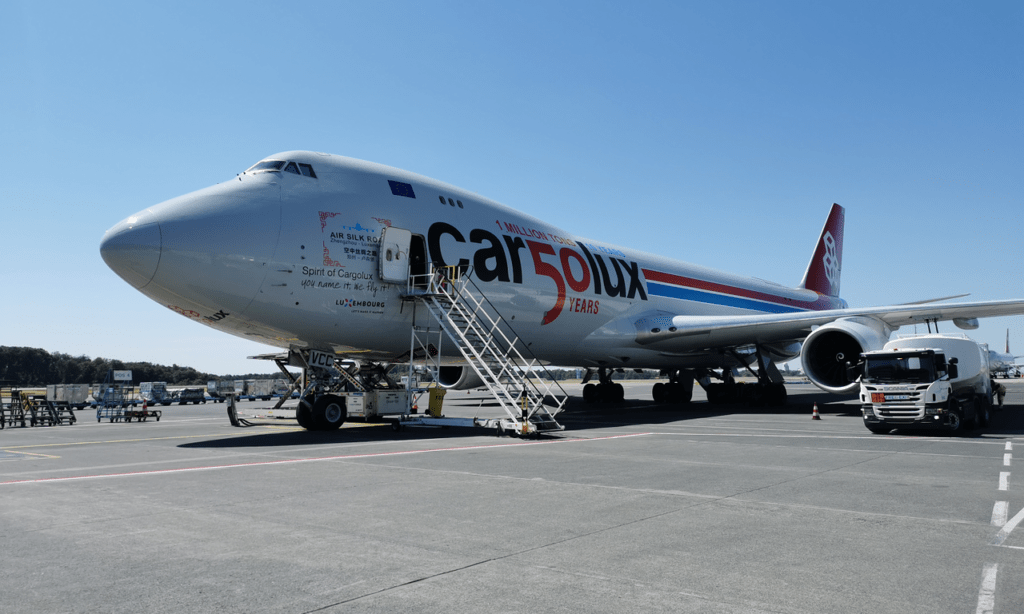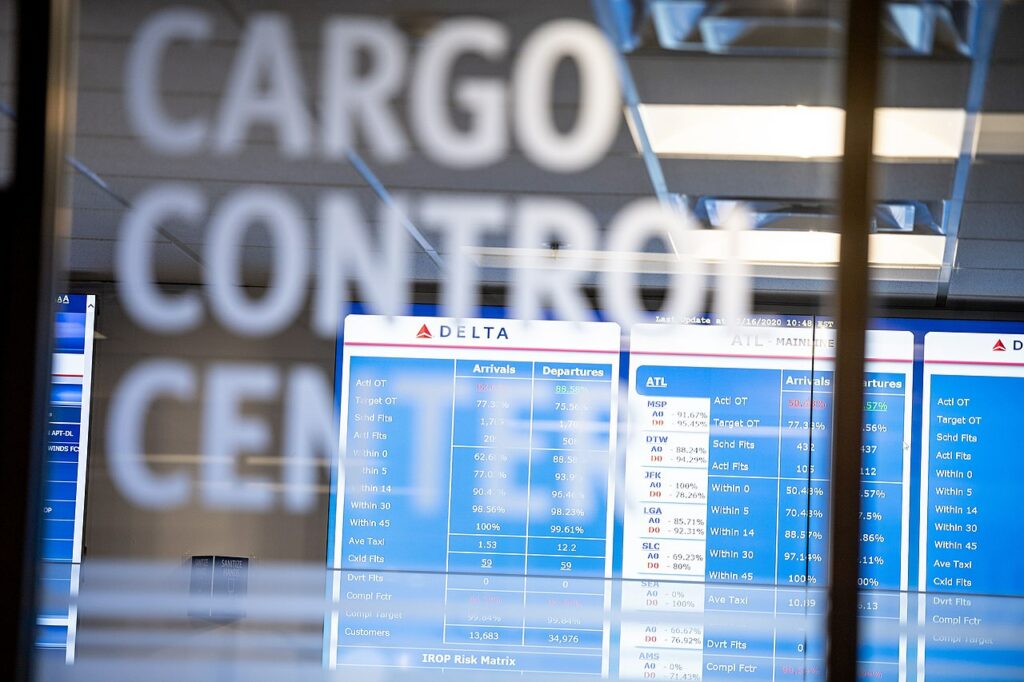The International Air Transport Association (IATA) has released its data global air cargo data for June 2023.
With the global air cargo having experienced a period of generally softer demand, June’s data reveals a promising trend: the smallest year-over-year contraction in demand since February 2022.
Air Cargo Global Demand and Overview
Measured in cargo tonne-kilometers (CTKs), global demand experienced a moderate 3.4% decline in June 2023 compared to June 2022. This contraction was even more pronounced for international operations, standing at -3.7%.
The broader picture for the first half of the year indicates an 8.1% decrease in demand compared to the January-June period of 2022, with international operations facing an 8.7% slide.
Notably, June 2023 demand was remarkably close, only 2.4% below June 2019 levels—highlighting a gradual recovery toward pre-pandemic figures.
On the other side of the equation, capacity, gauged by available cargo tonne-kilometers (ACTKs), exhibited a contrasting trajectory.
Capacity grew by 9.7% in June 2023 compared to the previous year, albeit at a slower pace than the double-digit expansion observed between March and May. This increase reflects airlines’ strategic capacity adjustments in response to a relatively weakened demand environment.
[monsterinsights_popular_posts_inline]
For the first half of 2023, capacity surged by 9.9% compared to the same period in the previous year. Impressively, June 2023 capacity even surpassed June 2019 (pre-pandemic) levels by 3.7%.

Factors Shaping Air Cargo Demand
Several key factors play a pivotal role in shaping the trends and dynamics of air cargo demand:
Manufacturing Output and Export Orders
In June, both the manufacturing output Purchasing Managers Index (PMI) and new export orders PMI were below the critical threshold of 50. This signifies a decline in global manufacturing production and exports, suggesting potential challenges in demand.
Cross-Border Trade
Global cross-border trade experienced a 2.4% year-over-year decline in May, reflecting cooling demand and challenging macroeconomic conditions.
The gap between the annual growth rates of air cargo and global goods trade narrowed to -2.6 percentage points in May, the smallest since January 2022.
This indicates that while air cargo has been affected more than container cargo by the global trade slowdown, the gap is gradually diminishing.
Regional Performance in June 2023
Asia-Pacific
In June 2023, Asia-Pacific airlines witnessed a 3.6% decrease in air cargo volumes compared to the same month in 2022. This decline, although an improvement over May’s performance (-2.5%), was mainly due to weak demand in within-Asia markets.
However, the Asia-North America trade lane showed signs of improved performance. Available capacity in the region surged by an impressive 24.4% compared to June 2022.

North America
North American carriers faced a 6.5% decrease in total cargo volumes in June 2023 compared to June 2022. This marked the fourth consecutive month of weak performance, although it was a slight improvement over May (-8.6%).
CTKs on the Europe-North America route shrank by a modest 2.7% in June, following three months of double-digit contractions.
Capacity increased by 0.7% compared to June 2022. For the first half of 2023, cargo demand in North America declined by 10.5% compared to the same period in 2022, with capacity dipping by 0.7%.
Europe
European carriers experienced a 2.8% decrease in cargo volumes in June 2023 compared to June 2022. This was an improvement compared to May (-6.6%), partly due to the aforementioned Europe-North America performance.
Capacity, on the other hand, exhibited growth of 4.4% compared to June 2022. Cargo demand for the first six months of 2023 declined by 10.2% compared to the previous year, while capacity saw a rise of 2.5%.

Middle East
Middle Eastern carriers saw a remarkable turnaround, posting a 0.5% increase in cargo volumes in June 2023 compared to a year ago. This rebound followed a 2.9% year-over-year decline registered in May. Capacity surged by an impressive 11.1% for the month.
Notably, both the Middle East-Asia and Middle East-Europe route areas displayed annual growth. For the first half of 2023, cargo demand declined by 5.6% compared to the previous year, with a substantial 11.2% increase in capacity.
Latin America
Latin American carriers showcased the strongest performance in June 2023, boasting a 7.3% increase in cargo volumes compared to the same month in 2022.
This improvement followed a positive trend from May (+3.8%). Available capacity in June experienced an impressive surge of 15.4% over the same period in 2022.
For the first half of 2023, cargo demand grew by 0.9% compared to the previous year, accompanied by an 18.0% capacity increase.
Africa
African airlines encountered a 2.8% decrease in demand compared to June 2022. This was a decline from the previous month (-1.9%). Capacity for June 2023 declined by 3.7% compared to the same month in 2022. During the first half of the year, cargo demand slowed by 4.4%, while capacity increased by 1.6%.
Economic Outlook
Willie Walsh, IATA’s Director General, expresses optimism that the tough trading conditions for air cargo may ease as inflation subsides in major economies.
This could potentially lead central banks to loosen the money supply, stimulating economic activity—a positive sign for the air cargo industry.

Click the banner to subscribe to our weekly newsleter.









